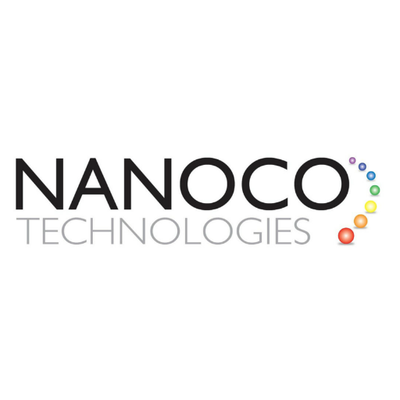Quantum dot display technology is stepping into the spotlight with unstoppable momentum. New data from Counterpoint Research shows that major electronics giants are not just experimenting—they are scaling up. With Apple and leading gaming brands accelerating adoption, quantum dots are proving their value as the premium colour conversion solution the market has been waiting for.
Counterpoint Research has released fresh insights revealing a sharp surge in quantum dot (QD) adoption across multiple display sectors in 2024. This growth is not marginal. The LCD segment, long dominated by traditional LED technology, posted a modest but meaningful 2% year-on-year revenue increase, largely thanks to the growing popularity of MiniLED backlighting. While this figure might seem conservative compared to other sectors, it represents a crucial shift in the LCD market where QD-enhanced MiniLED displays are steadily replacing older technologies.
More striking is the performance in the OLED category, where Samsung’s quantum dot colour conversion technology powered an impressive 38% revenue boost. Samsung’s commitment to QD-OLED technology is not just paying off; it is setting new standards for high-end display performance. This advancement in OLED demonstrates how quantum dots are redefining the colour, brightness, and efficiency benchmarks that consumers and professionals alike now expect.
The most staggering figure comes from the notebook segment, which recorded a jaw-dropping 228% year-on-year revenue jump. This exponential growth is being driven by none other than Apple, whose strategic adoption of QD technology sends a powerful signal to the market. Apple’s endorsement positions quantum dots as the go-to solution for premium display quality, effectively validating the technology at a global scale. Apple’s move also suggests a long-term commitment that could influence the entire industry’s trajectory over the coming years.
High-end gaming monitors are also fuelling significant revenue growth in the monitor segment. Gamers demand exceptional colour accuracy, contrast, and speed, and QD displays are delivering just that. With gaming hardware brands racing to meet this demand, quantum dots are securing their place at the top of the performance display hierarchy.
Counterpoint’s forecast shows no signs of this growth slowing. A further 27.5% revenue increase from QD products is predicted for 2025. This sustained expansion highlights the industry’s confidence in quantum dot technology as manufacturers scale up production and broaden their product portfolios.
However, the rising tide of QD adoption also brings scrutiny. Class action lawsuits have recently been filed against TCL and Hisense over claims of misleading QLED branding on products that reportedly contain little to no quantum dot material. These legal challenges highlight the importance of authenticity and transparency in marketing premium display technologies. Brands that merely leverage the QLED label without delivering true quantum dot performance risk losing consumer trust and facing legal repercussions.
The market’s shift toward cadmium-free QD solutions further underlines the technology’s maturity. While some manufacturers may add trace amounts of quantum dots just to meet regulatory thresholds under RoHS guidelines, cadmium-free QD displays offer a cleaner, fully compliant alternative that does not compromise on image quality. This positions cadmium-free QDs as the future-proof choice for brands looking to balance performance, safety, and regulatory compliance.
In summary, quantum dot technology is no longer a niche innovation, it is a proven, rapidly scaling solution shaping the future of premium displays across smartphones, televisions, monitors, and notebooks. With industry leaders like Apple and Samsung driving adoption, and gaming and professional markets demanding superior performance, the quantum dot era is just getting started.
Nanoco Group PLC (LON:NANO) leads the world in the research, development and large-scale manufacture of heavy metal-free nanomaterials for use in displays, lighting, vertical farming, solar energy and bio-imaging.





































